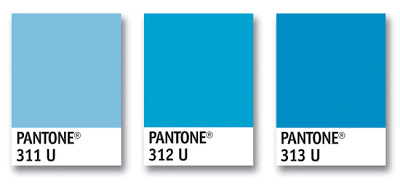Colour Theory
Colour has always been present in our natural environment and in art across the world. Artists, mathematicians, and scientists have developed theories of colour since the seventeenth century.
Colour theories are usually encapsulated in what is referred to as a colour model. German Bauhaus school educators Josef Albers and Johannnes Itten helped define and expand upon the RYB (red – yellow – blue) colour model during the years 1919 – 1923. Art and design students typically complete colour studies using pigment and brushes or colour-aid paper. However, formal colour studies can now be executed in the digital environment. The CMYK (cyan, magenta, yellow, and black) color model is specific to the print industry. Artists and designers often create art for high-volume printing using the CMYK color model to synchronize the digital file with the four corresponding printing inks. Even though it is worked on with digital tools and examined via the projected light of a computer screen, this system is also subtractive, meaning overlapping inks create a darker hue.
Television screens and computer monitors do not use ink or paint – they use red, green, and blue light. RGB is an additive colour model. Coloured light is mixed to create hue and value with red, green, and blue as the primary colours. When the primary colours in the RGB model are mixed together, the result is white. Whether or not we realise it, colour is an integral part of establishing a distinctive brand identify in the marketplace. Specific colours can create certain messages and feelings that can help draw attention to a business.
There are several different words used when talking about colour and some of these include:
- Hue is colour (e.g. red, blue, green, yellow).
- Intensity, Saturation, Chroma and Brilliance all refer to how much pigment is in a colour, which translates to how vivid a colour appears.
- Value is measured by how much white or black is mixed with a hue, or, it can be registered as the grayscale equivalent of a colour.
- Shades are a hue mixed with black.
- Tints are a hue mixed with white.
- Analogous colours are adjacent on the colour wheel.

